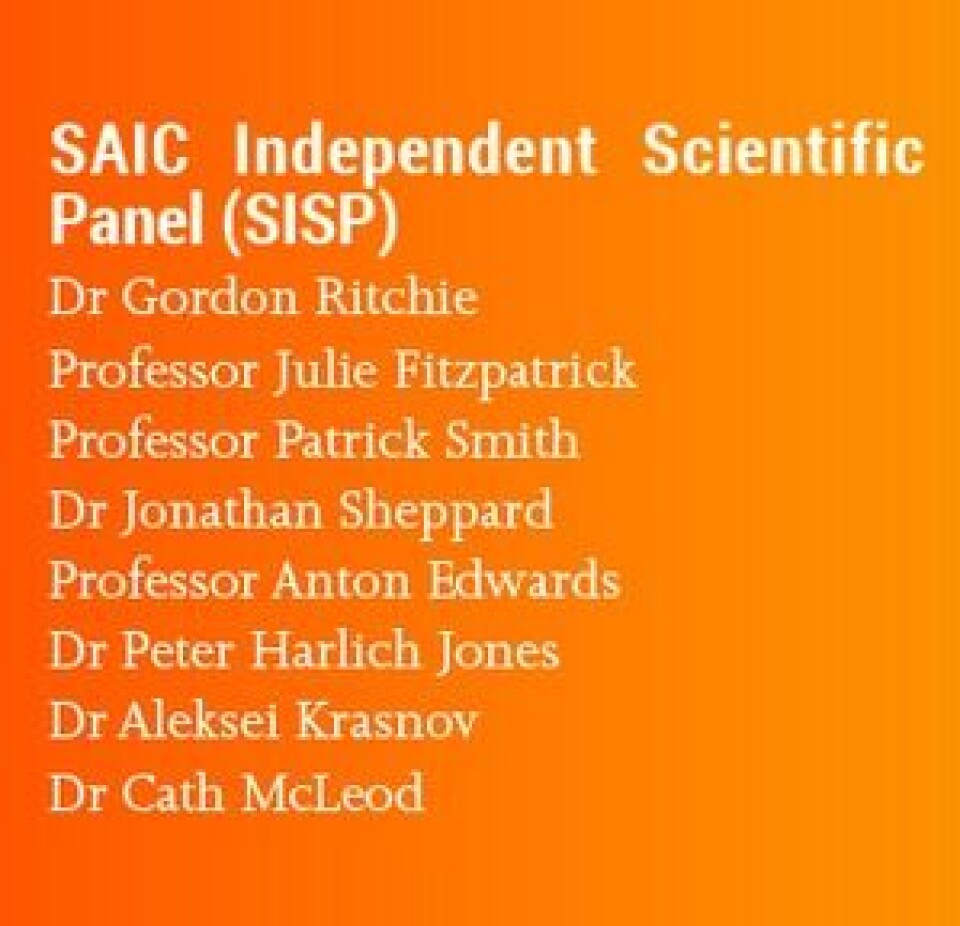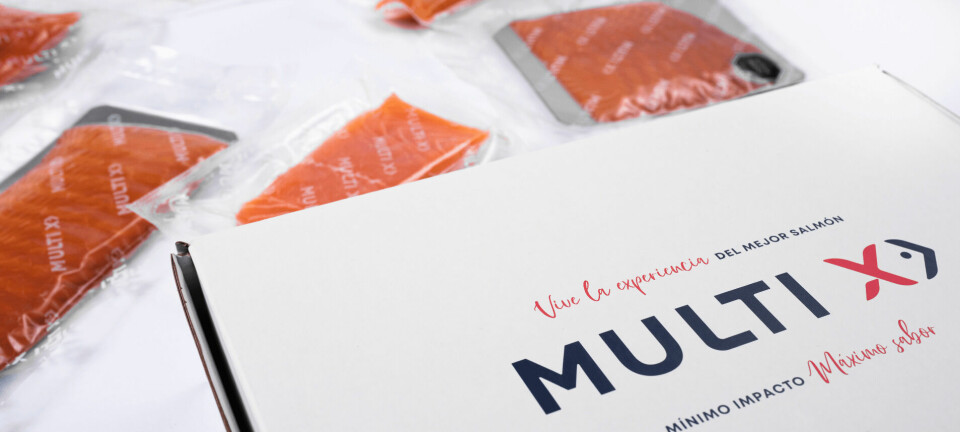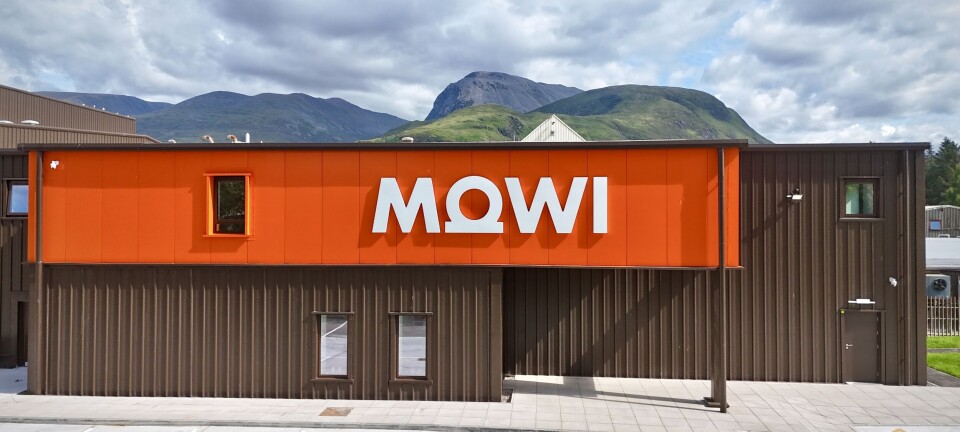For goodness SAIC
By Rob Fletcher
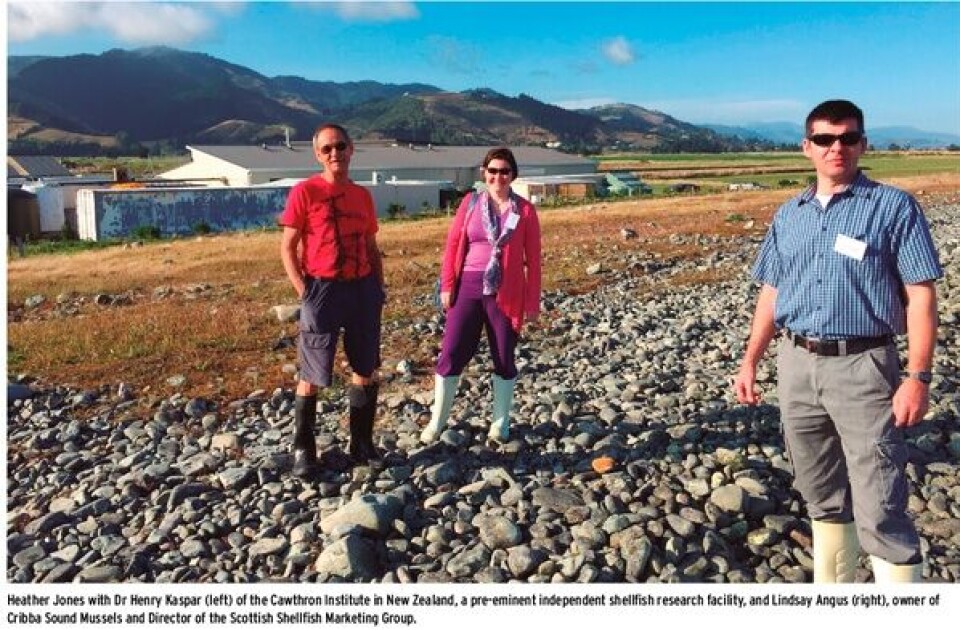
There has long been lip-service paid to the idea that the aquaculture industry and academia should make a more concerted effort to cooperate – indeed it has been the subject of numerous editorials in this very magazine. But, while there have been plenty of instances of this occurring in relative isolation, there has never really been an organisation dedicated to bringing this about. However, the launch on the Scottish Aquaculture Innovation Centre (SAIC), which took place in June 2014, appears to offer more than a glimmer of hope that a new convergence is finally on the cards. Even the most hardened sceptics will find it hard to ignore the £11.1 million war chest that the organisation has to spend on industry-inspired research over the next five years and SAIC has already attracted the support of 26 aquaculture companies in Scotland and received the backing of 13 research institutes – a clear sign of its popularity on both sides. It has also recruited a CEO, Heather Jones, who appears to wholeheartedly believe in the project, as she explained to Fish Farming Expert last month. “Historically universities have concentrated on pure research, but we aim to inspire applied research in areas that have been identified by industry. We’re lean, fast, responsive and industry-led and about transformative change and using research expertise to benefit all of Scotland. Our goals have been identified by the industry as clear priorities, where breakthroughs are required. “We’re also designed to speed up the dissemination of learning across boundaries so that intellectual property and technical knowledge accrued by any research is not limited to a single company,” she enthused.
Funding SAIC will not only be distributing £11 million for research projects that have genuine industry backing but will also use their nous to leverage finance from other sources and any aquaculture company or related research institute is welcome to make their case for funds. “The SAIC should help improve access to funding from BBSRC, NERC and European funding too – the Horizon 20-20 project, for example, means there’s a further €50m up for grabs,” Heather explains. “We’re constantly open to proposals, it’s an open door policy – all you need to do is pick up the phone or drop us an email.” However, she warns, there are a couple of preconditions. “Funding will only be provided to projects over £50k – big enough to make a step-change in our research, and these must be Scottish-led, although they can have international partners. “There must also be a commercial partner involved who is prepared to offer funding or payment in kind. If there’s more than one commercial partner and research partner all the better, as this means it’s likely the results of the research will be more widely disseminated,” she reflects. “We only fund projects with commercial partners and ensure that the projects are on the frontiers of research knowledge, and we make sure it’s not replicated elsewhere in the world – it’s about original research,” Heather adds. And, to help her decide where to award funding and whether projects are relevant SAIC has put together an independent scientific panel made up of eight world-leading academics and commercial researchers from the UK and Norway to give the board advice on the merits of proposed projects.
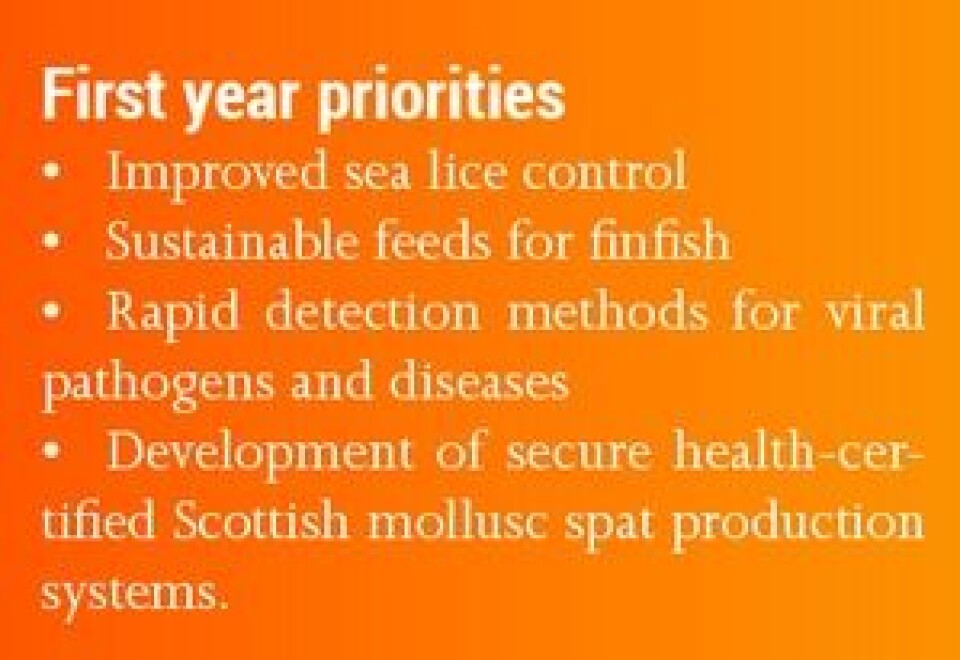
Student funding The centre has also been quick to offer support to individual students and up to 25 SAIC scholarships will be awarded this year, which will pay for 100% of the successful students’ course fees. The 25 places range from vet-led courses and the MSC in sustainable aquaculture at the IoA to the Geotechnical Engineering course at Dundee University – which will look at hydrographic models and be useful for containment-related factors. “The scheme, which includes a core element of engagement with the industry, extra exposure to the industry’s activities and a strong opportunity to join the industry after completing their course. There is also the possibility of soft mentoring from some companies,” Heather explains. “One company has already offered places for four students and we ourselves are offering 2 progressive internship posts at SAIC for the summer, 12-week remunerated projects with developmental support for the students involved, which will offer career-enhancing skills development opportunities and deliver real-world business outcome of commercial value,” she states.

Cleaner fish projects One of Heather’s first roles as CEO was to organise an industry-led workshop on sea lice, a reflection of the high priority that lice are given by the industry, in December last year. After the workshop SAIC made a public call for expressions of interest, in lice-related projects. Ten of these arrived before the deadline in mid-January and two were awarded funding on 25 March. The Innovation Centre itself is providing grants worth almost £950,000 to the two successful industry-initiated schemes, while the industry and academia are providing an additional £3.4 million in funding and in kind. The projects aim to boost the numbers, quality and welfare of farmed cleaner fish. Direct economic impacts are expected to include increased salmon productivity and reduced reliance on medicines to control lice. Other benefits could include the creation of new rural jobs and addressing concerns about potential environmental impacts of salmon production. The first project will focus on boosting the numbers and quality of farmed wrasse and was submitted by a consortium of Marine Harvest Scotland, Scottish Sea Farms and Biomar alongside Stirling’s Institute of Aquaculture. The project will be worth £4.05m over 3 years, with 21% of the cost coming from SAIC, 74% provided by the industrial partners and the balance from the University of Stirling. Given the potential importance of the project results to the Scottish salmon industry, the consortium has agreed to operate under the principle of open knowledge exchange, which is music to Heather’s ears. Independent evaluation of the project by the SAIC Independent Scientific Panel members commented that the proposal was “an outstanding example of innovative science with academics working closely with industrial partners” and that “there is no doubt that this project is strategically important for the salmon industry and the Scottish economy in general.” The second project will assess an innovative method of cleaner fish vaccination, which will improve efficacy and fish welfare and the proposal was submitted by Aqualife, a Scottish-owned SME which is a global leader in fish health and vaccination, with Scottish Sea Farms as the other commercial partner. The academic partner is Stirling’s Institute of Aquaculture and SAIC has awarded the project a grant of £116,801, equivalent to 37% of the project cost. Other contributions in cash and kind, worth £237,000, are provided by the University of Stirling and industry participants. Alan Sutherland, Managing Director of Marine Harvest Scotland, said: “There is sound evidence that wrasse are extremely effective at controlling sea lice and this collaboration will greatly benefit the whole Scottish industry. Using wrasse is set to revolutionise the aquaculture industry and will become standard practice for all salmon farmers in the future, generating significant commercial and economic benefits for the whole industry.” Jim Gallagher, Managing Director of Scottish Sea Farms, added: “The increased use of cleaner fish for lice control can greatly contribute to the sustainability ambitions of the salmon industry. Both these projects illustrate the capacity of applied research to support the salmon industry, and we greatly welcome the Scottish Aquaculture Innovation Centre’s contribution to their progress.” Ronnie Soutar, MD of Aqualife, said: “As an SME, this opportunity to collaborate with academia in a project with direct welfare benefits for farmed fish is particularly exciting. The SAIC has allowed us to participate in world-leading practical research in a way which ties in very well with our strategy of quality-based development”.
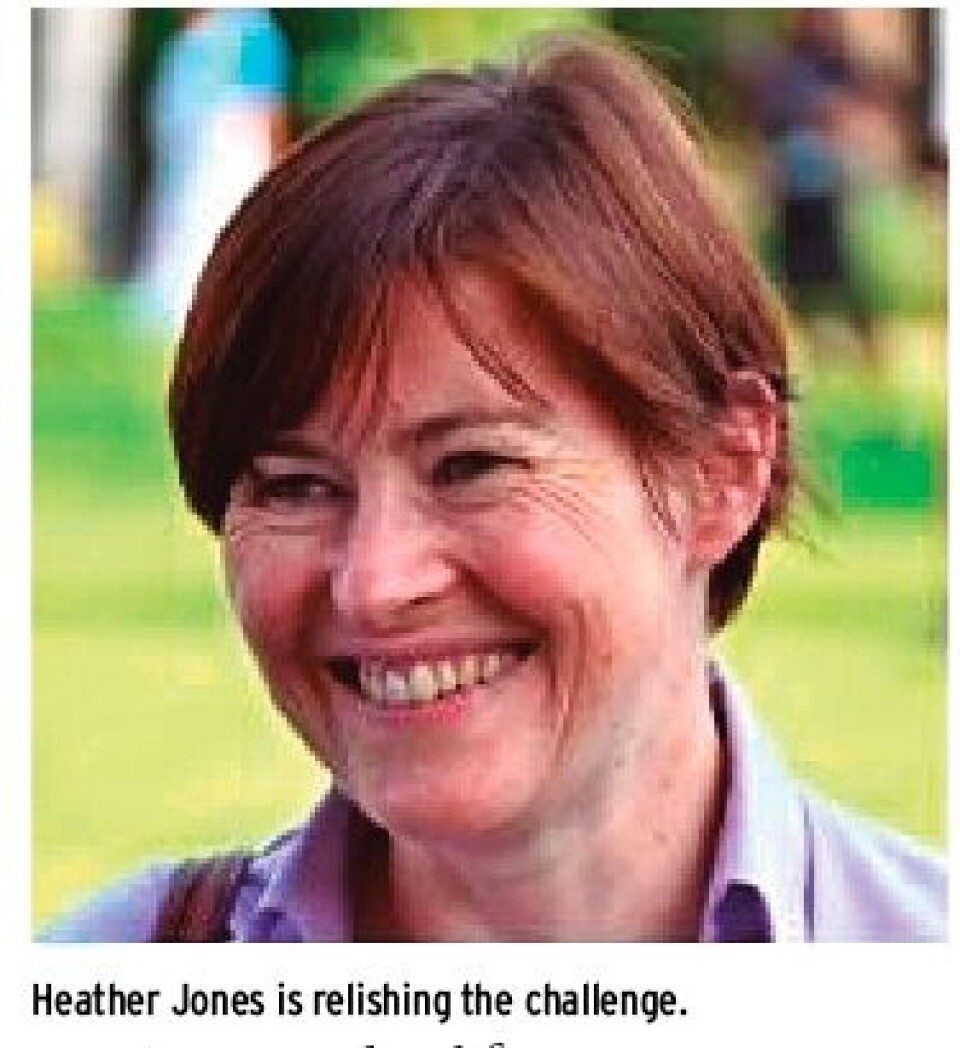
Future plans? Heather is quick to assert that the Innovation Centre is only going to do things the industry calls for and it will also help if these projects have the potential to be commercially successful. As a result of these guidelines one of the areas currently under investigation is the search for a shellfish hatchery in Scotland. “One of the shellfish industry’s key priorities is the validation of the commercial feasibility of shellfish hatcheries – they don’t want a government-funded white elephant – and we are pleased that the shellfish industry themselves are now looking into the commercial viability of a Scottish shellfish hatchery,” Heather reveals.
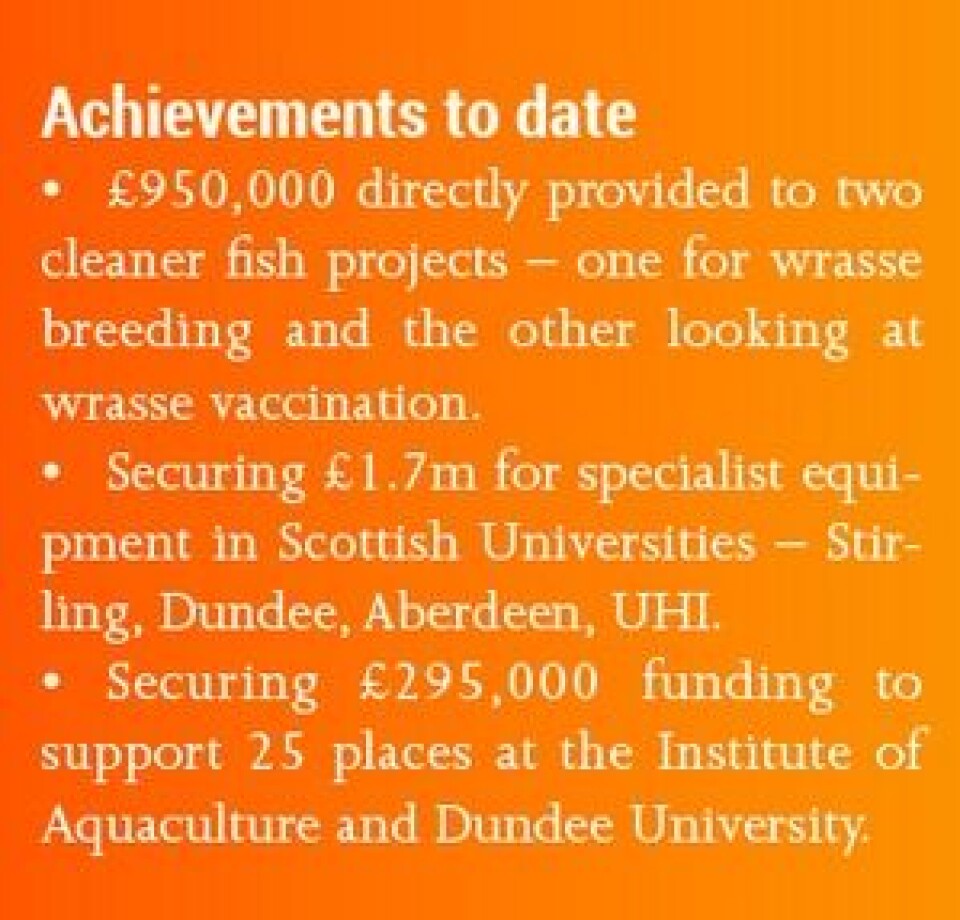
Heather recently returned from a fact finding trip to Spring Bay Seafoods in Tasmania and the Cawthron Institute in NZ alongside an industrial partner from Shetland and a representative of the NAFC. “It was an industry-led and funded project, which allowed us to learn from the best,” she comments, “and I’ve also been getting out and about – to the Machrihanish wrasse project, SAMS, a Scottish Sea Farms site at South Shian and up to Shetland. It’s all about meeting, learning, understanding and listening. Trying to engage more widely and bring other companies on board. Feed and pharma companies are next on our agenda.” “We’ve been interacting with other Innovation Centres and learning from each other too and I’m really pleased by how much we’ve achieved – from a standing start to grant awards within 6 months. We have a clear agenda, I feel supported by the board and energised and enthused by our priorities,” she concludes.
